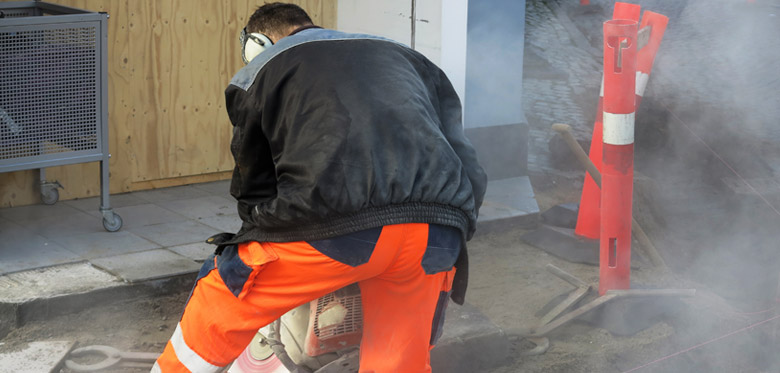The Department for Work and Pensions (DWP) have recognised another condition, known as Dupuytren’s Contracture, as a recognised industrial disease for the purposes of making a claim for Industrial Injuries Disablement Benefit (IIDB).
This will come into force on 9th December 2019 in accordance with Regulation 2 of the Social Security (Industrial Injuries) (Prescribed Disease) Amendment Regulations 2019.
Claims can be made by anyone who worked in any industry – not just coal mining – who used power tools at work for at least two hours a day, three days a week, for at least ten years.
What is Dupuytren’s Contracture?
Dupuytren’s Contracture causes the fingers to curl over into a claw-like state, and can lead to amputation. The incurable condition is common among former pitmen, and other industrial workers. It is also sometimes known as ‘miner’s claw’. Disability can arise due to increased difficulties with day-to-day activities such as dressing, cooking and cleaning. The condition can also interfere with social activities and work.
What causes Dupuytren’s Contracture?
Dupuytren’s Contracture is a relatively common condition in the UK general population with approximately 4% of the UK population estimated to be suffering from it. The precise cause of Dupuytren’s Contracture is not known. However risk factors are thought to include a history of previous trauma to the hand and family history.
Why has Dupuytren’s Contracture not previously been recognised as an industrial disease?
In May 2014, the Industrial Injuries Advisory Council (IIAC) published a report recommending that the government recognise the condition as an industrial disease, but the Department for Work and Pensions (DWP) refused to do so as they did not accept medical opinion at the time.
The Durham Miners’ Association (DMA) has been campaigning ever since to have the condition recognised, which would enable thousands of former miners to claim IIDB.
What is the future for civil claims for Dupuytren’s Contracture?
Because it is considered that there are a number of causes for this condition, claims are likely to be robustly defended.
There is a three year limitation on making a claim, from the date that a claimant linked their condition to their employment.
According to the NHS, ‘Dupuytren’s Contracture is generally not thought to be related to manual work or using vibrating tools’. The IIAC concluded in 2006 that, whilst there was some evidence of a relationship to vibration, it was insufficient to meet their criteria for prescription. However, in 2014 the IIAC subsequently concluded, on the basis of further medical literature, that there was sufficient epidemiological evidence that the use of vibratory tools doubled the risk.
Sufferers of Dupuytren’s Contracture, however, will now have the option of making a claim under the IIDB scheme if they fulfil the criteria as outlined above.
If you or a loved are suffering from a disease linked to your occupation our industrial disease specialists can help. Call us on 01616 966 229.
By Angeline Holmes, paralegal in the personal injury department



Comments